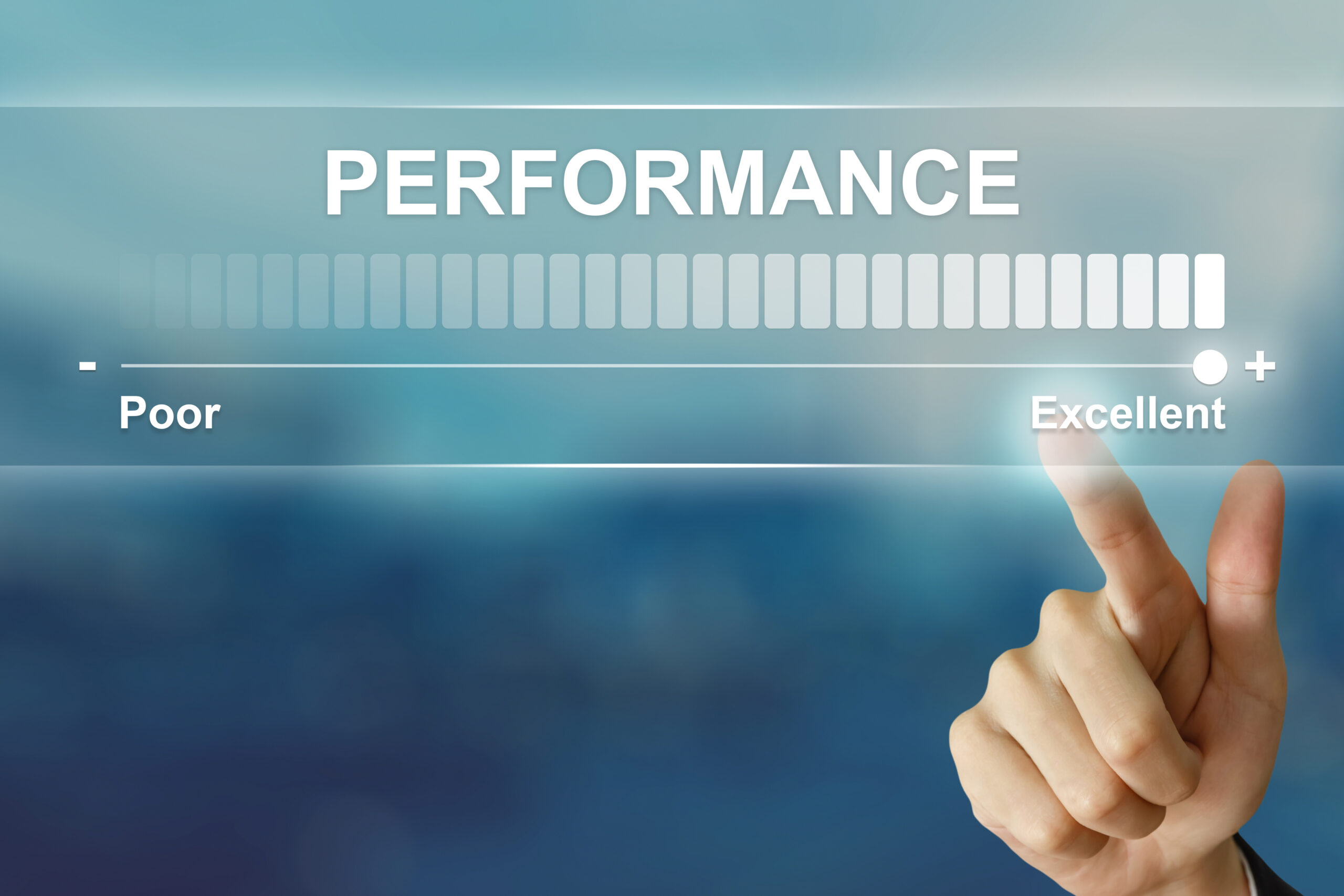When you first started your company, employee reviews were probably just an act of self-reflection, as you were the only one sitting at the table. But as your company grows and you hire more employees, it becomes more and more important that you regularly evaluate their performance and contribution to the company and its bottom line. So what is a performance review? Performance reviews are routine evaluations where the performance of a team member is documented and presented to them. This review can either be done in the form of a physical document given to the employee or a discussion given during a one-on-one meeting. These reviews are generally conducted annually but you can choose to hold them quarterly, weekly or even daily depending on the outcomes you are looking for. These reviews are important and beneficial to both the employee and, you, the employer so, no matter how often you decide to have them, just make sure you have them.
Benefits of Employee Reviews
We just stated that these reviews are beneficial to both employee and employer. Let’s look at some of the ways how:
- For Promotion: Performance reviews allow you and the employee to clearly see how he or she is improving compared with earlier reviews. This review also shows whether an employee is ready to assume more responsibility. If several candidates are working for a promotion, but there’s only one open position, a supervisor must justify his or her choice by pointing to specific examples of exceptional professional achievement. Documentation allows physical evidence to back up your claims so be sure to keep a record of your reviews.
- For Compensation: Most employers are basing compensation decisions on staff merit and the company’s financial performance. Evaluations assess whether an employee deserves a salary increase based on performance and seniority. This also shows whether certain milestones were met to justify a bonus. An employee’s performance should determine their compensation. Great work deserves recognition and it is always a good feeling to be rewarded for it.
- For Training: Performance reviews highlight skill deficiencies and clearly point to where a staff member could use additional training. It’s also a way for employees to identify classes to prepare them for additional responsibilities. Another way to improve your review process is by showing the employee a set of skills or training that a similar role in the area requires so they are aware of the “norms” of the job. When management helps employees do their best, it raises company morale.
- For Discipline: Performance appraisals provide a valid paper trail that supports admin and legal processes to prove employee negligence, harassment, or other actionable behavior. Also, written documentation is usually more effective than verbal for addressing sub-par performance issues. Conversations regarding poor employee performance can be uncomfortable (for both the employer and the employee). So, having a “script” or supporting evidence makes things so a lot smoother.
Performance reviews are a measurement of an employee. If you’re going to measure something, you need to have something to measure it against. So, it is imperative that the employee be given a clear – and documented – understanding of their performance expectations. For the purpose of this conversation, we will assume this was taken care of during the onboarding process and continues to evolve with everyone’s understanding.
Elements of a Performance Review
As important and essential as these reviews are, they can be contentious. If not properly conceived and administered, they can take on an “employer vs. employee” feeling, like you’re just listing the employees’ faults. To ensure this in not the case, make sure the review is designed to be:
- Be relevant. Each element of the review should relate directly to the important duties the job requires. Focus your attention on things that are most important to job performance, not those that are more tangential.
- Be consistent. Find criteria that are specific and measurable. You want a process that can yield a consistent result regardless of who is handling the evaluation, and that applies fairly to each employee.
- Be practical. The system must be efficient. In some cases, systems can take an inordinate amount of time. They end up detracting from performance instead of elevating it. The program must be more than a “box checking “ process or a flurry of paperwork. Bottom line, it should improve the way that people perform.
- Be open. Everyone involved in the review process should understand and have a voice in the review process, from management to individual workers to your human resource specialists. You might find it effective to have the employees help determine the criteria they will be judged on, since they understand better than anyone what they need to do their jobs.
Types of Performance Review
Once the review begins, there are several ways to go about it. We will look at three of them.
- Top-down Review: This approach puts the direct supervisor in charge of the process, although other business unit managers or executives can also be involved. The direct supervisor’s involvement is important given their working relationship with employees, often making him or her more knowledgeable on assessments and feedback.
- Peer Review: In this case, employees are evaluated by other co-workers. The benefit with this type of review is that co-workers at the same level of the employee may understand the job, its challenges and how it’s being performed on a day-to-day basis better than higher-level management. However, there may be a risk with this type of method, as work rivalries and jealousy can cause some co-workers to review others more critically, particularly if they are in competition for a raise or promotion.
Self-Assessment: Allowing employees to assess their own performance can also be a beneficial review method. Not only can this provide a clue to managers as to some areas where employees feel they can improve and expand, but it may make it easier for employees to accept constructive criticism from managers. However, if employees and managers diverge substantially in their performance reviews and perspectives, this process can present challenges.
Ideally, the feedback an employee receives regarding his or her strengths and weaknesses during a performance review will go a long way in showing how the staff member can put his or her interests and talents to the best use to benefit your company. While performance reviews are inherently backward-looking, they need to take this snapshot of the past and use it to plot a course for the future – a future where open and consistent feedback ensures the employer and employee are on the same page. By letting someone know where they can improve you are providing feedback that can improve performance dramatically.





